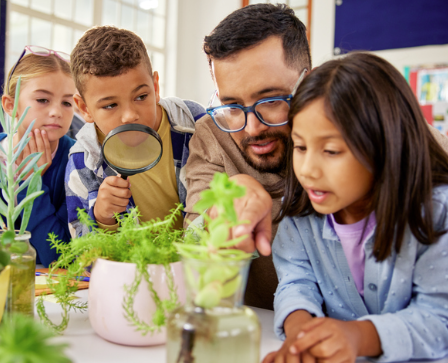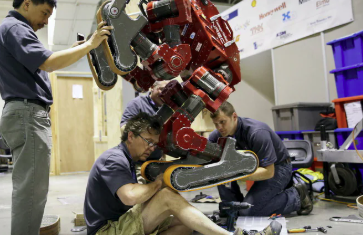Today’s learners thrive when education connects directly to life beyond the classroom. Real-world learning helps students apply their knowledge to authentic situations, building skills that are relevant, meaningful, and lasting. Innovation is a key driver in this transformation, reshaping how schools design learning experiences that are practical, engaging, and aligned with future success.
What Is Real-World Learning?
Real-world learning refers to instructional approaches that link academic content with practical application. This can include project-based learning, internships, community engagement, and industry collaboration. Students are encouraged to solve real problems, work in teams, and use creativity and critical thinking to produce outcomes with real value.
How Innovation Enhances Real-World Learning
- Technology-Enabled Projects
Digital tools like design software, coding platforms, and simulation apps allow students to build prototypes, analyze data, and present solutions in ways that mirror modern workplaces. These tools bring depth to classroom projects and expand what students can achieve. - Partnerships with Local Businesses and Organizations
Innovative schools partner with industries and nonprofits to give students exposure to real job settings. These collaborations offer mentorship, internships, and feedback from professionals, helping students understand workplace expectations and career possibilities. - Virtual and Augmented Reality
Immersive technologies bring real-world environments into the classroom. Students can explore virtual job sites, conduct science experiments in simulated labs, or take historical tours without leaving school—all while developing digital fluency and curiosity. - Cross-Curricular Innovation Labs
Learning spaces designed for collaboration and creativity, such as makerspaces or STEM labs, encourage interdisciplinary thinking. These environments support hands-on projects where students connect knowledge from multiple subjects to address real-life challenges. - Problem-Solving and Entrepreneurship Challenges
Students engage in hackathons, pitch competitions, or community improvement initiatives where they identify issues and propose innovative solutions. These experiences develop leadership, communication, and strategic thinking.
Benefits of Real-World Learning Through Innovation
- Builds student confidence and self-direction
- Prepares learners for college and career environments
- Encourages deeper engagement with academic content
- Strengthens collaboration, creativity, and resilience
- Creates meaningful connections between education and community
Examples in Practice
- High school students design sustainable products using 3D printers and pitch them to local business leaders.
- Middle school classes collaborate with city planners to suggest improvements to public spaces.
- Online learners participate in virtual internships with companies around the world, contributing to real-time projects.
- Students in innovation academies develop apps that solve everyday problems and present them at school showcases.
Conclusion
Real-world learning through innovation empowers students to become active, capable contributors to their communities and careers. By combining academic rigor with hands-on experiences and modern tools, educators create environments where learning is relevant, exciting, and enduring. As schools continue to embrace innovation, students gain the practical knowledge and skills needed to thrive in a fast-changing world.


